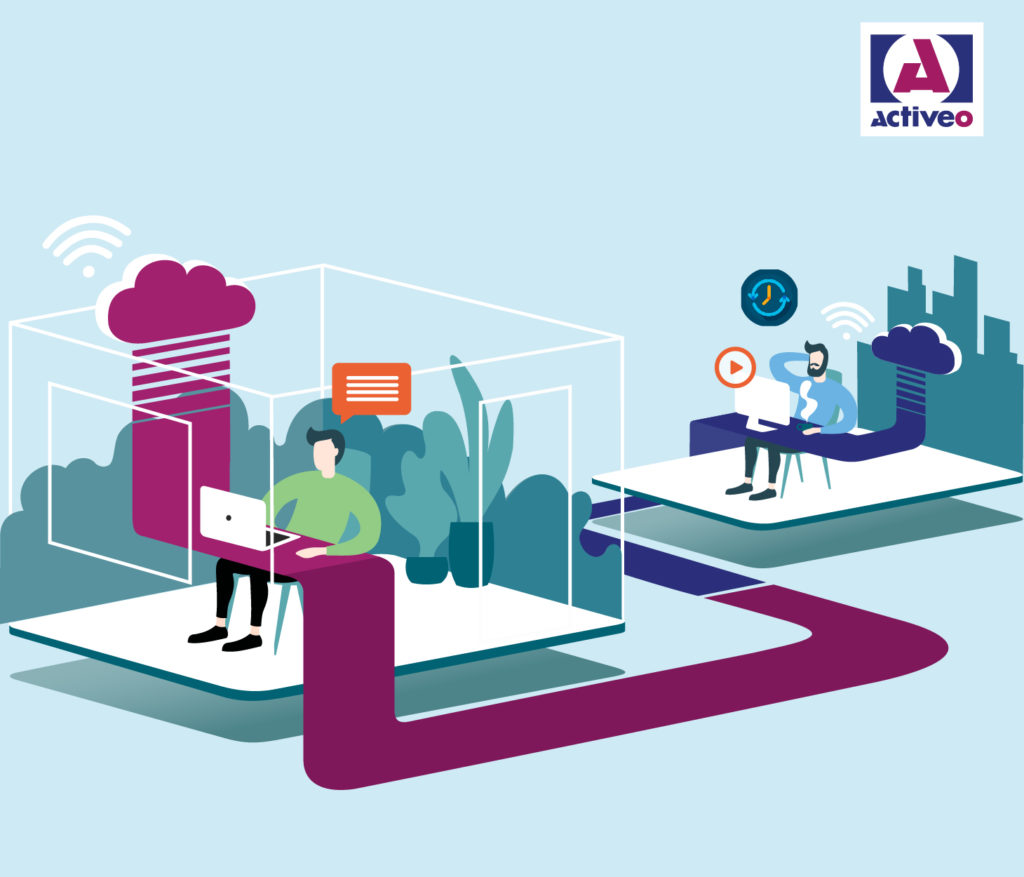Réinventer la planification des effectifs grâce au WFM

Reinventing workforce planning with WFM ON THE FEATURE OF THIS ARTICLE: 1. Why rethink your WFM strategy? The 6 main reasons 2. The benefits of artificial intelligence and machine learning 3. Implementing a WFM solution with success Workforce management within contact centers is a crucial issue for guaranteeing high service levels while optimizing costs. In […]
How to apply the Lean Six Sigma method to drive better Customer Experience

How to apply the Lean Six Sigma method to drive better Customer Experience ON THE FRONT PAGE OF THIS ARTICLE. 1.Understanding Lean Six Sigma 2. Understanding Lean Six Sigma 3. Applying the method As part of the Qualtrics XM Institute’s Global Study 2023, over 28,000 consumers talked about their recent bad experiences with organizations from […]
The Digital Workplace, your lever for transformation and acceleration

The Digital Workplace, your lever for transformation and acceleration ON THE FRONT PAGE OF THIS ARTICLE. 1. Sharing best practices 2. Launch a transforming project 3. Achieve long-term success Collaboration is extending to the entire workplace, whether face-to-face or remote, as organizations become ever larger and more digitalized. Technology and applications are not the only […]
The Conversational Bot: Enrich, streamline and automate interaction

The Conversational Bot: Enrich, streamline and automate interaction Conversational bots are becoming increasingly popular in contact centers due to their ability to help customers quickly and efficiently. These virtual agents are able to complement the support of human agents to make them more efficient, improve the customer experience and reduce contact center operational costs. According […]
What are the keys to an efficient transformation of the organization?

What are the keys to an efficient transformation of the organization? How is transformation defined? It is “the action of transforming, the operation by which one transforms, the resulting modification”. The 3 important elements here are: action, operation and result. For a qualitative transformation, an organization must ACT in a more or less conscious way, […]
Sentiment analysis: a new trend in the service of the customer experience

Sentiment analysis: a new trend in the service of the customer experience Customers are the greatest source of learning for a business. If a customer is unhappy or happy, there’s something about the company, product, or customer service experience that made them that way. With millions of calls recorded, contact centers contain valuable information about […]

